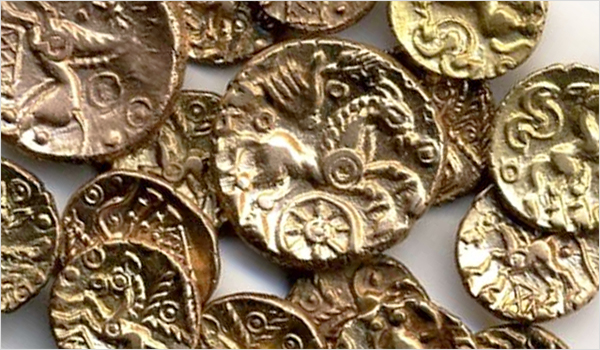
Celtic coins are reflections of the vibrant past of the Celts. These are priced collectibles because of their surrealistic designs and importance as profound examples of Celtic art.
What are Celtic coins?
The development of Celtic coinage is attributed to the migration of Celtic mercenaries employed by Greek leaders Philip II of Macedon and Alexander the Great.
These warriors were paid with Greek coins which they brought back to their homeland in Central and Western Europe.
The Greek coins became the working models for the development of Celtic coins. Early Celtic coins were faithful copies of the Greeks particularly the gold stater of Philip II of Macedon.
Gradual incorporation of the Celts’ long tradition in fine metalworking and ornamental designs produced coins that are expression of Celtic culture and society.
Celtic coins are commonly made of gold, silver, cast bronze or potin. The production of Celtic coins used two effective ancient coin-making techniques – striking and casting.
Striking involves hammering the design into a blank metal strip. This technique produces coins that have beautiful imprints in them. Casting, on the other hand, employs moulds and molten metal to make the coins. The Celts of Gaul are well-known for their use of potin (a tin-rich bronze variation) in making cast coins.
There are primarily two types of Celtic coins – British and Continental or Gaulish coinages, which can be further subdivided into specific tribes.
The Celts of Gaul (roughly France) were the first to mint coins which are based on the gold stater of Philip II of Macedon. Through time, the designs evolved to include Celtic signs and symbols. British Celts further enhanced the imagery of the coins by incorporating more Celtic ornamentation.
Despite the large number of tribes, there are common features of Celtic coins. Abstracted heads, horses, and animals are examples of these features. These symbols are echoes of the Celts’ everyday life.
Collecting Celtic coins requires an understanding of the history and culture of the Celts.
Key characteristics of Celtic coins
Artistic Designs – Celtic coins are renowned for their artistic and intricate designs. Many feature stylized representations of animals, human figures, and symbolic motifs. The artistry of these coins reflects the cultural richness and diversity of Celtic societies.
Metal Composition – Celtic coins were typically made from various metals, including gold, silver, and bronze. The choice of metal often depended on the availability of resources in the region and the economic significance of the coinage.
Regional Variations – Different Celtic tribes and regions produced their own coinage, leading to a wide variety of coin types. Each tribe often had its distinctive style, and collectors may specialize in coins from specific tribes or geographic areas.
Lack of Standardization – Unlike the standardized coinage of some contemporary civilizations, Celtic coins often lacked consistent design elements, inscriptions, or denominations. This lack of standardization can make the attribution and classification of Celtic coins challenging for numismatists.
Cultural and Religious Symbolism – The designs on Celtic coins often carried cultural or religious symbolism. Animals, mythical creatures, and abstract patterns were used to convey messages or beliefs significant to the Celtic tribes.
Coin Hoards – Many Celtic coins have been discovered as part of coin hoards, often buried for safekeeping or as offerings. The discovery of such hoards provides valuable archaeological insights into trade, economic activities, and societal practices.
Interaction with Other Cultures – Celtic tribes interacted with neighboring cultures, including the Greeks and Romans. This interaction is sometimes reflected in the designs of Celtic coins, which may incorporate elements influenced by these external contacts.
Roman Influence – With the expansion of the Roman Empire, Celtic territories came under Roman control, leading to a decline in the production of Celtic coins. Roman coinage gradually replaced Celtic coinage in regions that were assimilated into the Roman Empire.
How to collect Celtic coins?
Celtic coins are sought after because of their characterized designs and relevance to the history of European coinages. The recent increase in popularity of Celtic coins among coin collectors make them valuable investments.
The patterns on Celtic coins are astonishingly modern. One notable Celtic coin collector was André Breton, considered to be the founder of Surrealism; and whose collection of Celtic coins was admired by Picasso.
Because of the complexity of the subject, Celtic coin collecting can be both an intimidating and a rewarding experience. Complex as it may be, there are risk-free ways to start your own collection.
Start your own Celtic coin collection by following these tips:
1.) Learn more about Celtic coins
Knowledge is necessary to truly appreciate the splendor of Celtic coins. Learn the history of the Celts and the evolution of their coinage.
There are free catalogues and newsletters you can subscribe to for free.
Local and online numismatics communities are great resources of information about ancient Celtic coin collecting.
Classified ads for coins, numismatics magazines and coin price guides provide information about pricing, availability, supply and demands of Celtic coins.
2.) Set a budget for your Celtic collection
The price of Celtic coins ranges from around USD 5 to USD 70,000. The value of Celtic coins is influenced by factors like historical significance and condition.
Knowing what your budget is for your Celtic coin collection will help you pick the right type of Celtic coins to collect and maximize your investments.
3.) Consult a Celtic coin index
A Celtic coin index (CCI) is an extensive record of different types of Celtic coins found from Celtic Europe to as far as India. The substantial amount of information about different denominations minted by different Celt tribes recorded in Celtic coin indices makes it a good source for studying coins.
The Oxford Celtic coin index is one of the most extensive listings with almost 38,000 struck and cast Celtic coins. Coins are sorted according to the denomination, tribe, area and county. Every coin is given a set of identification numbers, a Coin Number and a Van Arsdell Number.
Due to the specificity of the identification numbers, recorded Celtic coins are easily identified. The CCI Number 99.0418 and the Van Arsdell Number 378.01 are specific to the quarter stater minted by the Atrebates tribe of Britain featuring the head of Medusa on the obverse and an inscription “TINC”, in reference to King Tincomarus, on the reverse.
4.) Deal with Celtic coin experts
Because of the huge collection of Celtic coins, it has become necessary to consult experts and Celtic coin dealers to identify Celtic coins and their value.
There have also been reported cases of fake Celtic coins making transactions with certified dealers more important to safeguard your asset.





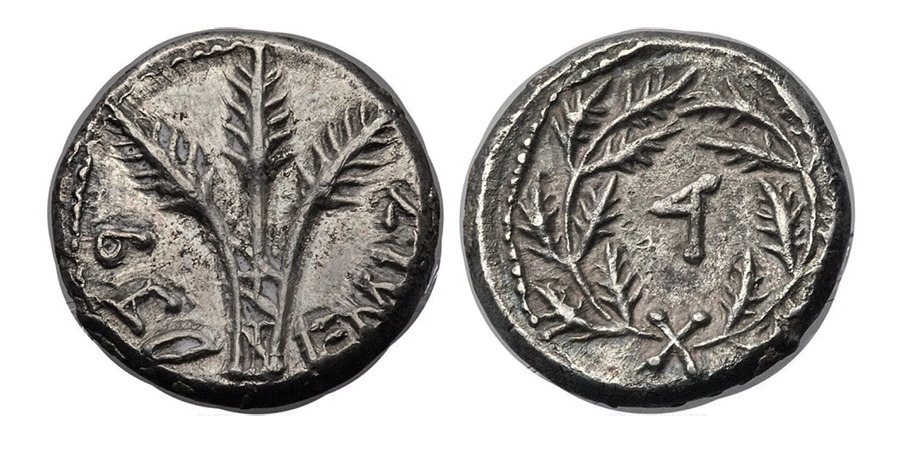
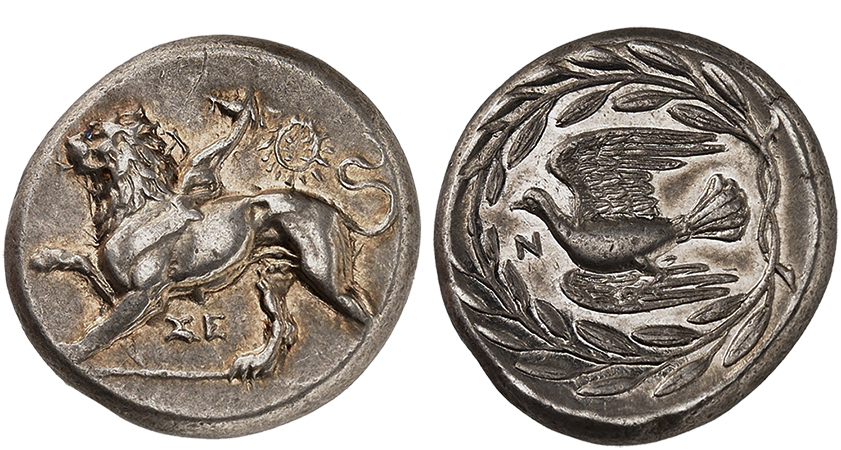
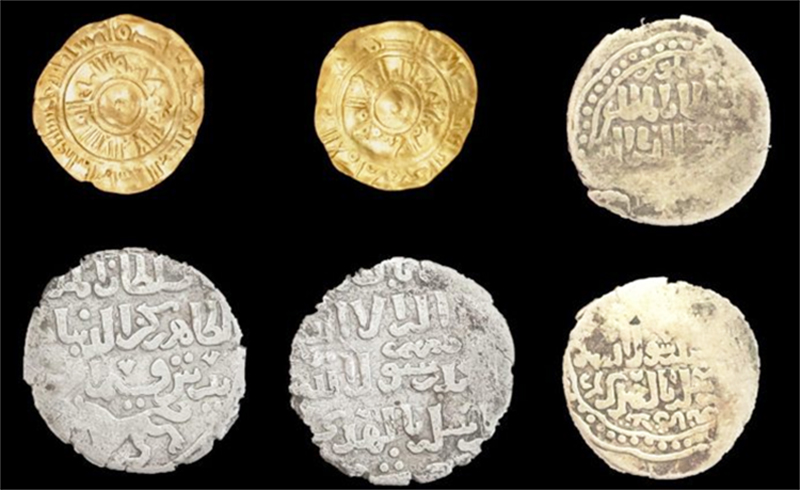
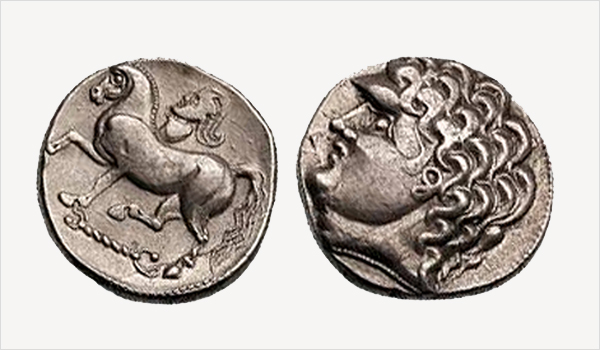

Leave a Reply